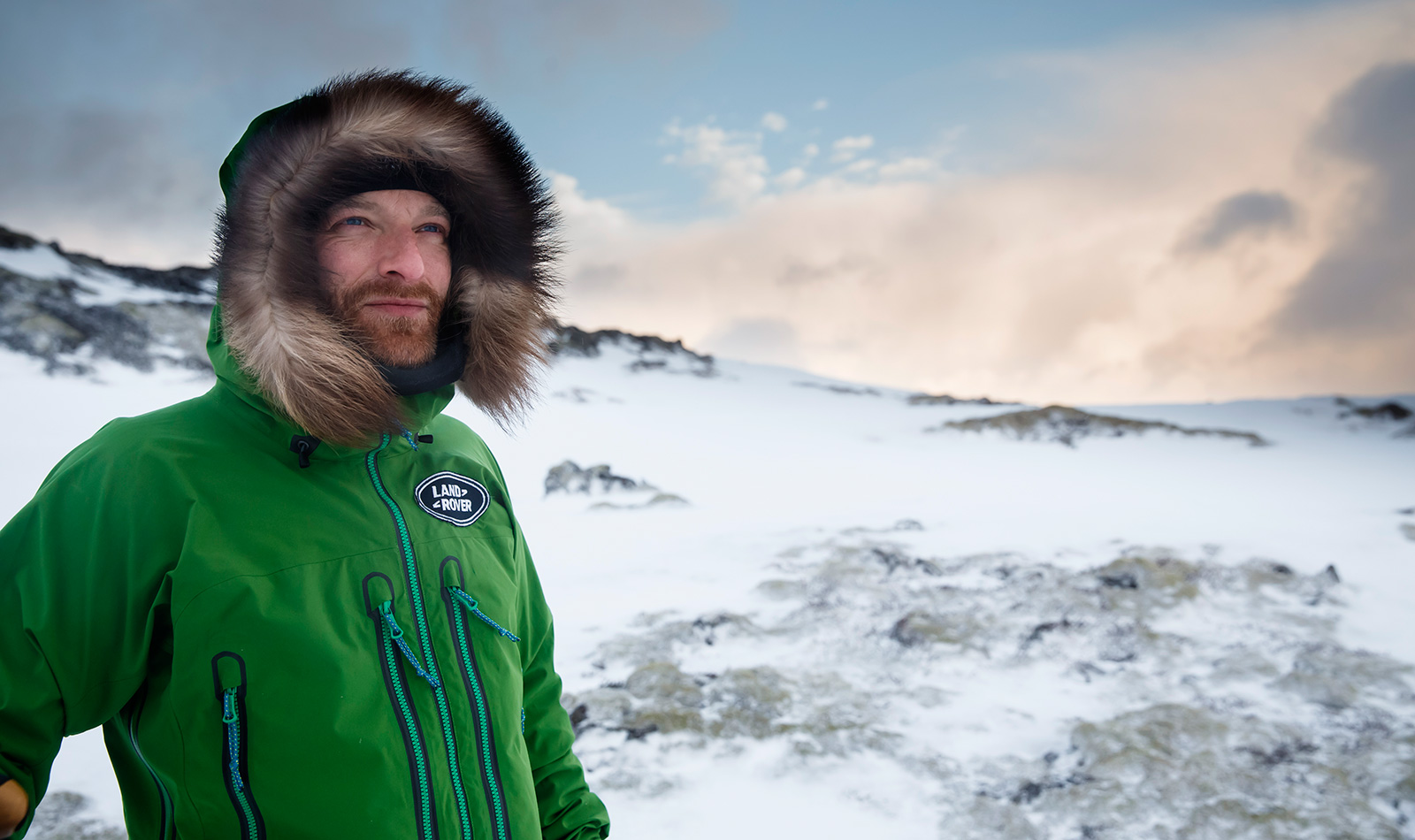Pushing The Limits
An Interview with Ben Saunders
John Summerton
“Well at least there wasn’t hail in Antarctica,” says Ben, grimacing in the wind – a belligerent wind that’s been chilling us constantly for the past few days. We were in Iceland with Land Rover trying out the new Discovery Sport as a means of enabling adventure. And Iceland has plenty of that to offer! After testing out the frozen waters of the Silfra rift, I was now snowshoeing through the hinterlands in a blizzard with the man who, one year ago, completed one of the most ambitious polar expeditions in recent memory – the first completion of Captain Scott’s ill-fated Terra Nova expedition.
Ben and his teammate, Tarka L’Herpiniere, trekked 1,795 miles across the inhospitable landscape of Antarctica, a journey to the South Pole and back, and in doing so set the world record for the longest ever polar journey on foot. The journey, which took a total of 105 days, pushed the limits of physical and mental fortitude and reset the bar for polar expeditions of the future.
Having followed the expedition avidly for the duration of the journey via its regular blog updates, I was keen to chat to Ben about the mental and physical preparation, the logistical issues and settling back into a normal routine after a completing a project that took 10 years to get off the ground.
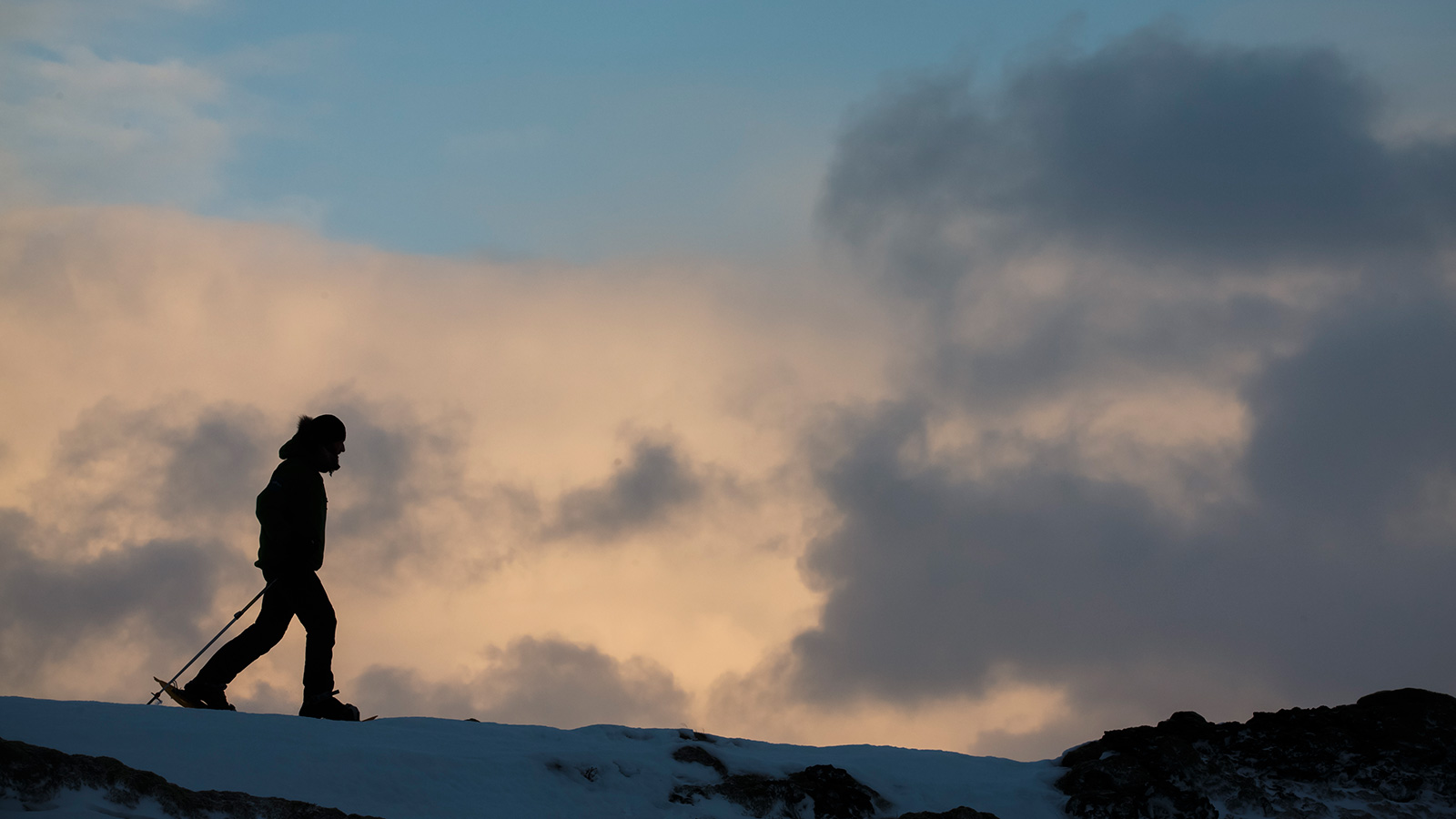
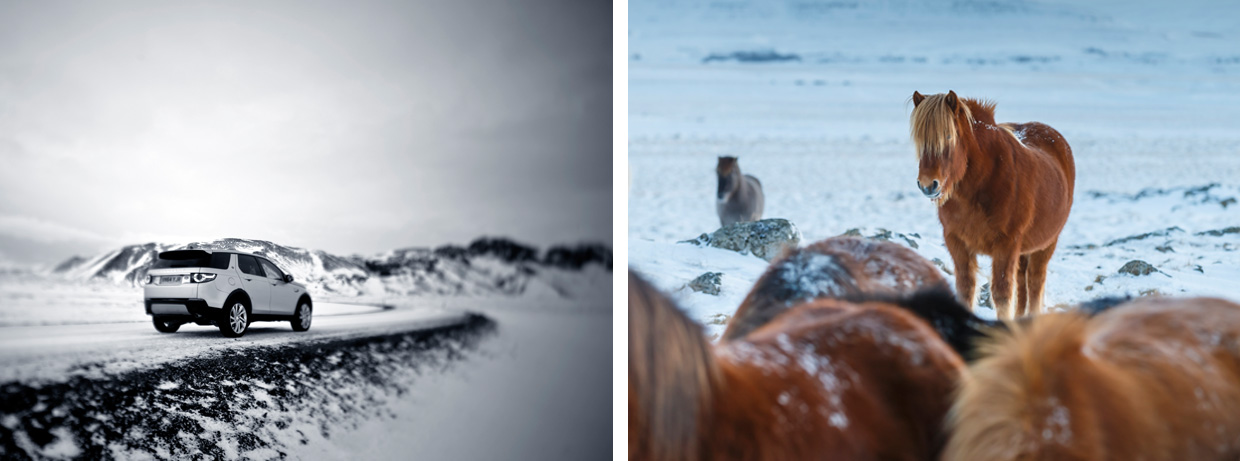
John: It’s great to finally meet you Ben. Firstly, could you tell us a bit about your background and how the Scott Expedition came about?
Ben: I first spent time in the polar regions in 2001, on what turned out to be a failed North Pole attempt with Pen Hadow. Since then I’ve had a fascination for polar extremes and pushing my own limits within these frozen environments.
I became fascinated by historic polar expeditions and the first expedition to the South Pole. In January 1912, Captain Scott and his companions arrived at the Pole to find that the Norwegians, led by Roald Amundsen had beaten them to it, leaving a letter to the king in a biscuit tin proclaiming the victory of reaching the Pole first. Utterly dejected, Scott and his team began the return journey back to the shores of Ross Island. The team of five all perished on this return journey after travelling a total of 1,600 miles. They were just 11 miles short of their next food supply depot.
It became an obsession for me that no one had ever completed this journey. How had no one been able to go further than these guys in over a century? We now live in the age of technology and these explorers didn’t even have zips (they hadn’t been invented yet) let alone fleeces, sat-nav technology, solar panels, freeze-dried food, ski planes etc. I wanted to finish this journey.
The sheer enormity of the expedition is hard to grasp. How did you overcome some of the obstacles surrounding the logistics, planning and preparation for the expedition?
In hindsight I didn’t think it would take as long as it did to organise. I found very quickly that the costs were escalating and we were trying to raise large amounts of money during a period of recession in the UK. Everything took time – more time than expected. Permits took time, we had to arrange flights, contingency plans and we even had to arrange for aviation fuel for a ski plane to be in Antarctica a year before we arrived. Everything seemed against us and it was a huge psychological effort to overcome these constant bureaucratic and logistical obstacles. But the longer I spent working on this, the more committed I became to make sure this expedition happened. It became all-consuming.
And how about the physical training?
We were going to be pulling heavily loaded sledges so we had to balance ultra-endurance training with, essentially, strong-man training. So in the same training regime, I was running sub-3hr marathons and lifting huge weights in the gym. We went on training expeditions to Greenland and Scotland to get a taste of what we were going to endure. In the final preparation months, we had to pile on the pounds as we knew we’d not be able to sustain our calorie intake during the expedition.
It became an obsession for me that no one had ever completed this journey. How had no one been able to go further than these guys in over a century?

Moving onto the start line, it must have been daunting that, after this extended build up, it was finally time to set forth.
Totally! And it was tough early on. We were pulling 200kg each – most of this weight was food with the plan to leave depots for the return journey. I remember us being just three miles into the start of the journey and we were feeling it already. Knowing that we had 1,800 miles to cover just seemed beyond ridiculous! It was almost like we were counting the inches.
We really didn’t see anything for 41 days, just a horizon line on a good day. In the worst white-out, which lasted for five days, we couldn’t see our skis, or each other, let alone the horizon. We could only follow a compass bearing and found that we’d get splitting headaches whilst leading because there was absolutely nothing to focus on.
And how did you get on with your team mate, Tarka?
Tarka is a great guy who I’ve known for years. He’s super fit, super strong and very modest. He’s also humble with no ego. An amazing guy. We both pulled each other through the tough patches. We were living together in our small tent, a space that would be illegal to keep prisoners in. We didn’t wash properly – just the occasional snow bath. Things were difficult, but during our time in such close proximity we learned a lot about how to communicate with each other and how to get on.
We did have an adversarial relationship with Antarctica though. Some parts were amazing and some were truly hellish. Every day was tough. Antarctica didn’t want to give us an inch. It was so unforgiving and we had to work constantly at every level. But this helped forge a strong bond between Tarka and me.
I remember reading about your apprehension surrounding the Beardmore Glacier. How did that work out in the end?
I think this has to be one of the stand-out moments during the expedition, perhaps because in my head this was going to be one of the most difficult phases to complete. The Beardmore Glacier is one of the largest, most remote glaciers in the world and it is heavily crevassed, which is made all the more dangerous when pulling a heavily-laden sledge. One of Shackleton’s men described the traverse as like ‘walking across the glass roof of a railway station’.
We climbed up this slope called the Gateway (named by Shackleton back in 1908) and up to the glacier. I remember seeing it for the first time. We had great weather, blue skies and the views quite simply stopped me in my tracks. We were the first people to be standing here in a very long time. We switched our skis for crampons (because of the wind there is no snow across the glacier) and stepped into the history books. I remember walking past the famous landmarks that were named by Scott a century earlier. It felt like an enormous privilege.
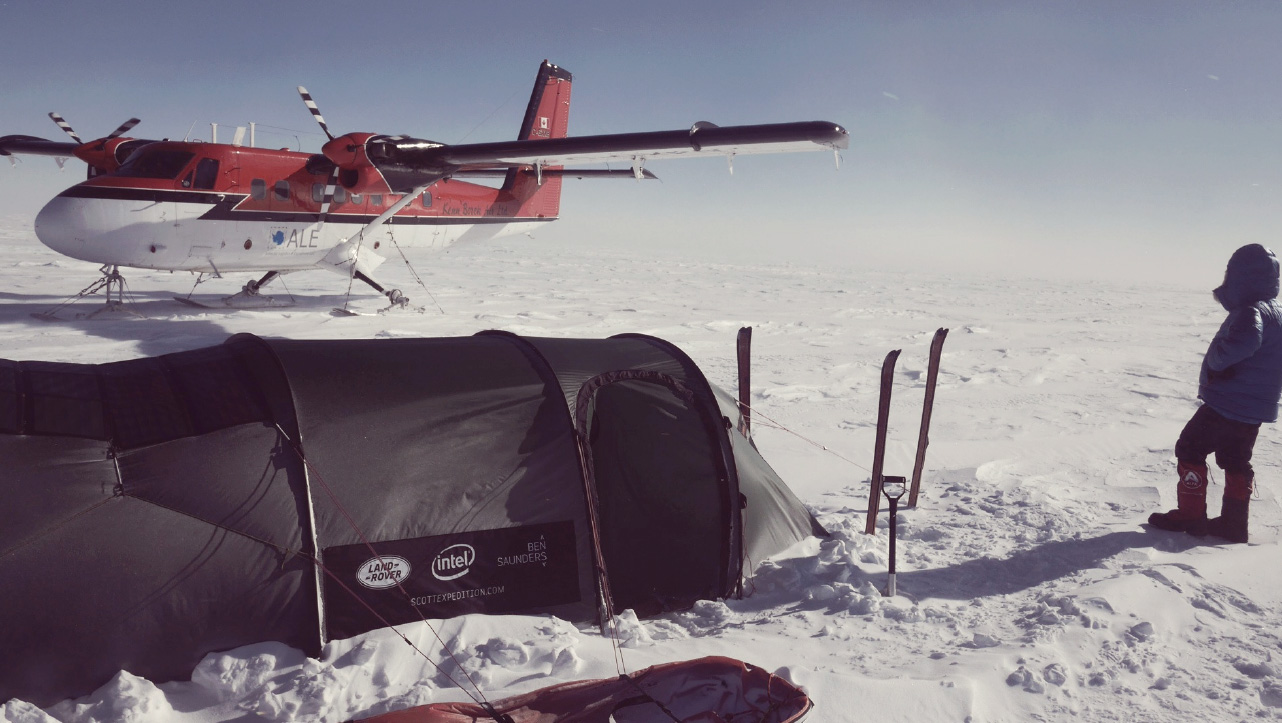
And, were there any particularly low points?
Ha, yes plenty! Unfortunately our arrival at the South Pole was one of the worst days. We heard the noises first: reversing beacons and engine noises. It’s actually quite a busy place these days. We arrived from the Chilean side which is a bit like entering via the back door. It was a bit of a junk yard with rubbish and pallets strewn around us. We didn’t want to hang around as it is a cushy place now, with a restaurant, gift shop and so on. We didn’t want to succumb to that comfy environment. So we quickly began our return journey.
We’d been fighting the wind all the way to the Pole so during the return journey, the wind should have been to our backs and helping us. Instead though, it simply died down. I really had the feeling that this place was out to get us.
Which leads us on to Day 70 and the call for resupply, which I think was one of the most humbling blog posts of last year.
On the return journey we started getting pretty knackered. We were eating 6,000 calories a day and burning somewhere nearer to 9,000. We were losing weight and strength fast.
We ran out of food before we reached our first depot. The wind-chill was -45 degrees and Tarka became hypothermic. We thought we’d be really quick on the return journey, but with the weather constantly against us, this just wasn’t the case. In the end I made the decision and we had to call for help. Within 12 hours, we had a resupply and took some time to rest and recover. I had wanted to do the expedition without any support, and this call essentially changed the status of the expedition from ‘unassisted’, so it was totally gutting to have to call for some help. However, this was life or death so at the end of the day there was no choice.
And so moving on towards the finish line, how did it feel to finally achieve this long term dream?
It wasn’t quite as I’d pictured to be honest. I imagined that the last few hours, as we approached the shore of Ross Island that we’d left 107 days earlier, would be filled with high-fives, hugs and flags. There was none of that.
Basically we were two grumpy old gits fed up with pulling heavy things in cold places!
As you said earlier, this journey has been all-consuming for the last 10 years. How have you found life after the expedition?
I’d absolutely underestimated quite how much this would affect us physically. We were completely, utterly exhausted and broken. It took most of last year to recover and to be honest I didn’t want to talk about it or even think too much about the journey. It’s only now that it’s sinking in. I’ve completed the thing that I’ve been dreaming of for the last 10 years. And it’s a weird feeling to think that and move on. I’m still trying to figure out how I think.
The thing that I’ve tested more than anything is my sense of self-belief. It’s that, beyond everything else, if you believe in yourself then you can achieve. Sheer stubbornness I guess!
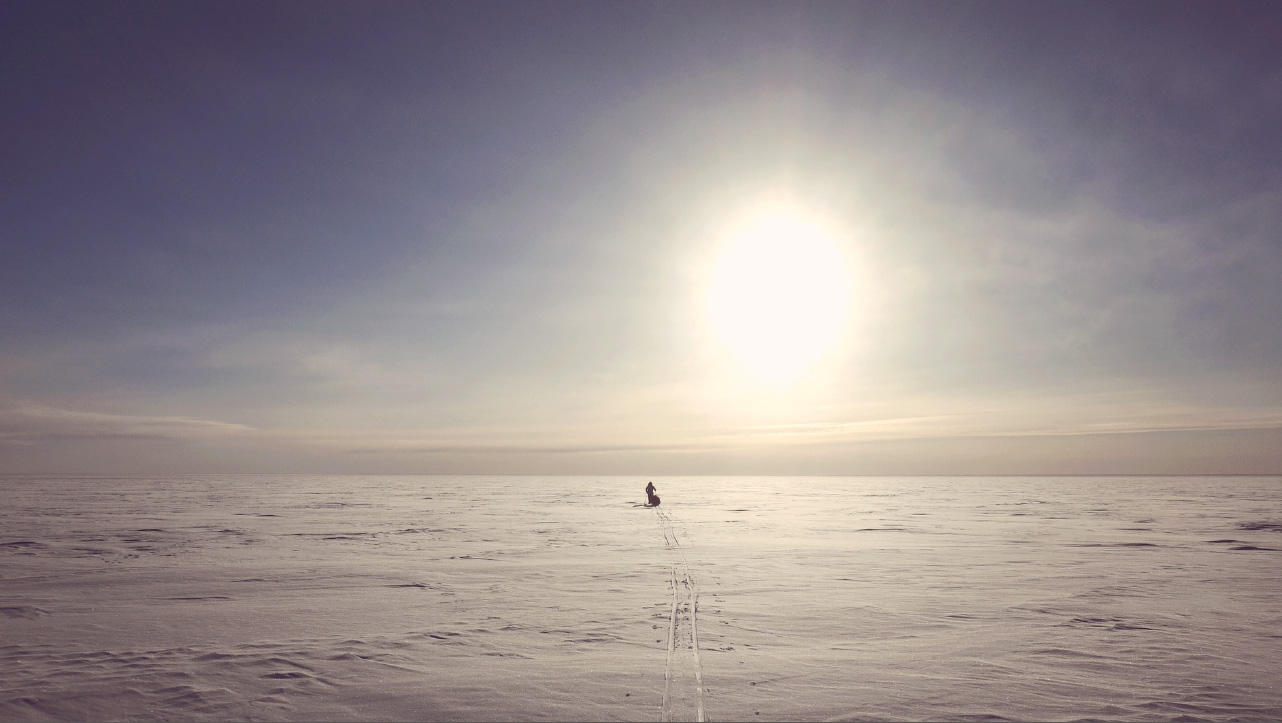
Ben Saunders is a pioneering polar explorer and a record-breaking long-distance skier, covering more than 6,000km (3,730 miles) on foot in the polar regions since 2001.
In addition to the Scott Expedition, Ben is the third person in history to ski solo to the North Pole and holds the record for the longest solo Arctic journey by a Briton. He is a global brand ambassador for Land Rover and an acclaimed speaker, described by TED as ‘A master storyteller’.
Website: bensaunders.com & scottexpedition.com // Twitter: @polarben // Instagram: @polarben

Produced in partnership with Land Rover and the new Discovery Sport.



